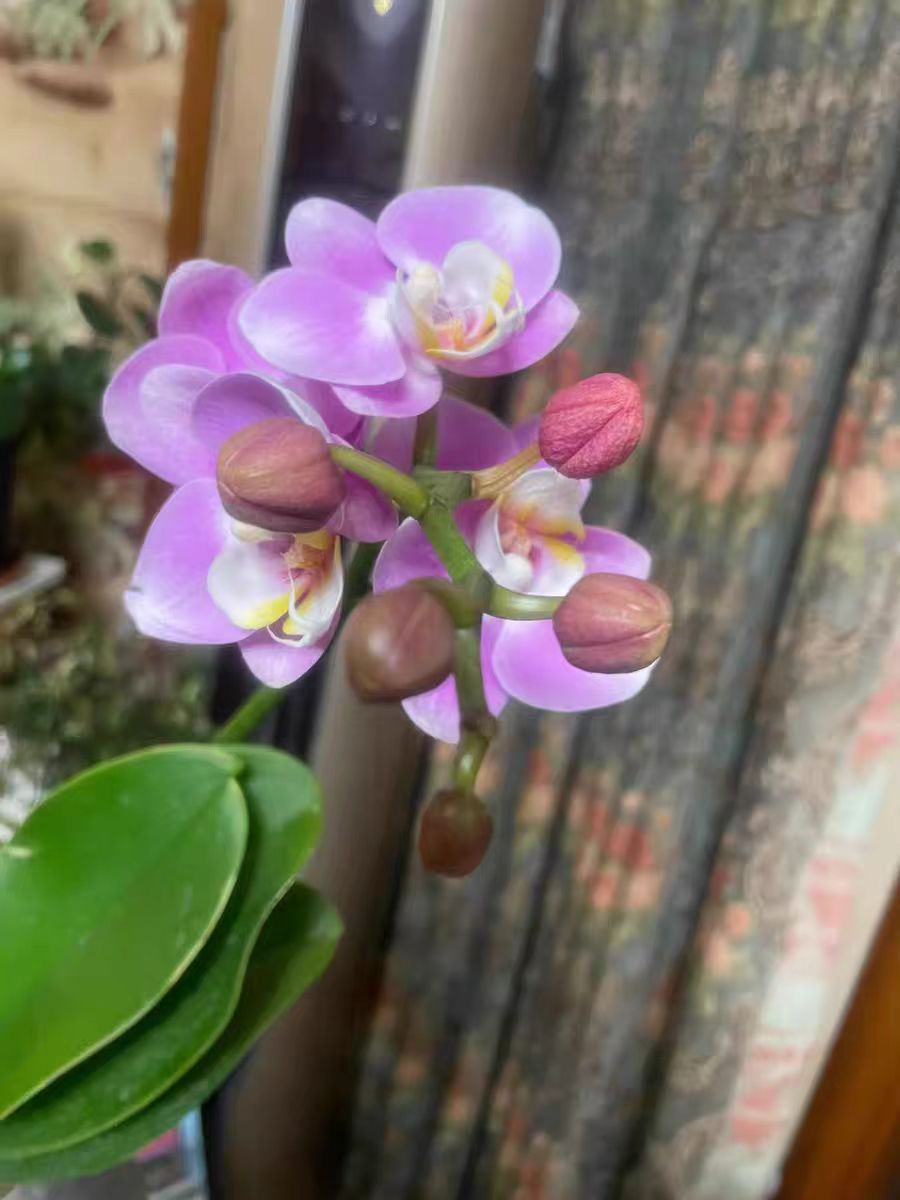Many Phalaenopsis growers often face this dilemma: their large seedlings are growing stronger, but they’re unsure about the right pot size for repotting. They also struggle with determining the proper frequency for foliar fertilization.
Generally, a "large Phalaenopsis seedling" refers to a plant over 25 cm in height, with 4-5 mature leaves and a well-developed root system. When selecting a pot, avoid choosing one that’s too large! A large pot holds more planting medium, which takes longer to dry after watering. The roots of Phalaenopsis soaked in a humid environment are highly prone to rot. A pot with a diameter of 12-15 cm is typically ideal. Common options include plastic nursery pots or breathable red clay pots. If only a large pot is available, add a thick layer of ceramic pellets or broken bricks to the bottom to enhance drainage space before planting, which reduces the risk of waterlogging. During repotting, ensure the roots aren’t compressed too tightly—let them spread naturally against the pot walls to leave adequate breathing space.
Foliar fertilization for large seedlings aims to promote robust growth and beautiful blooms, but don’t overdo it! Apply fertilizer every 7-10 days. Frequent application causes fertilizer to accumulate on leaves and in the medium, easily burning the seedlings. Timing matters too: fertilize in the evening when temperatures drop, as leaf stomata open to absorb nutrients better, minimizing heat-induced fertilizer damage.
For fertilizer types, use a balanced N-P-K compound fertilizer (e.g., Flower ) during the growing season, diluted 1000-1500 times. Spray evenly on both sides of the leaves and the surface of the planting medium so roots can absorb nutrients. Before blooming, switch to a high P-K fertilizer like potassium dihydrogen phosphate or Flower (also diluted 1000-1500 times) to promote flower bud differentiation and larger, more vibrant blooms.
Here are some tips: Avoid fertilizing on rainy days with high humidity, as wet fertilizer residues on leaves may cause diseases. The morning after fertilizing, rinse the leaves with water to remove residues. If leaves turn yellow or growth stalls, don’t increase fertilization frequency blindly—first check watering and light conditions, identify the root cause, and then take targeted measures to avoid doing more harm than good.
In short, choosing the right pot and fertilizing large Phalaenopsis seedlings requires flexibility based on their growth status and the season. Master these tips, and your Phalaenopsis will thrive!
What size pot is suitable for large Phalaenopsis seedlings?

Share with
Tagged in :




Leave a Reply